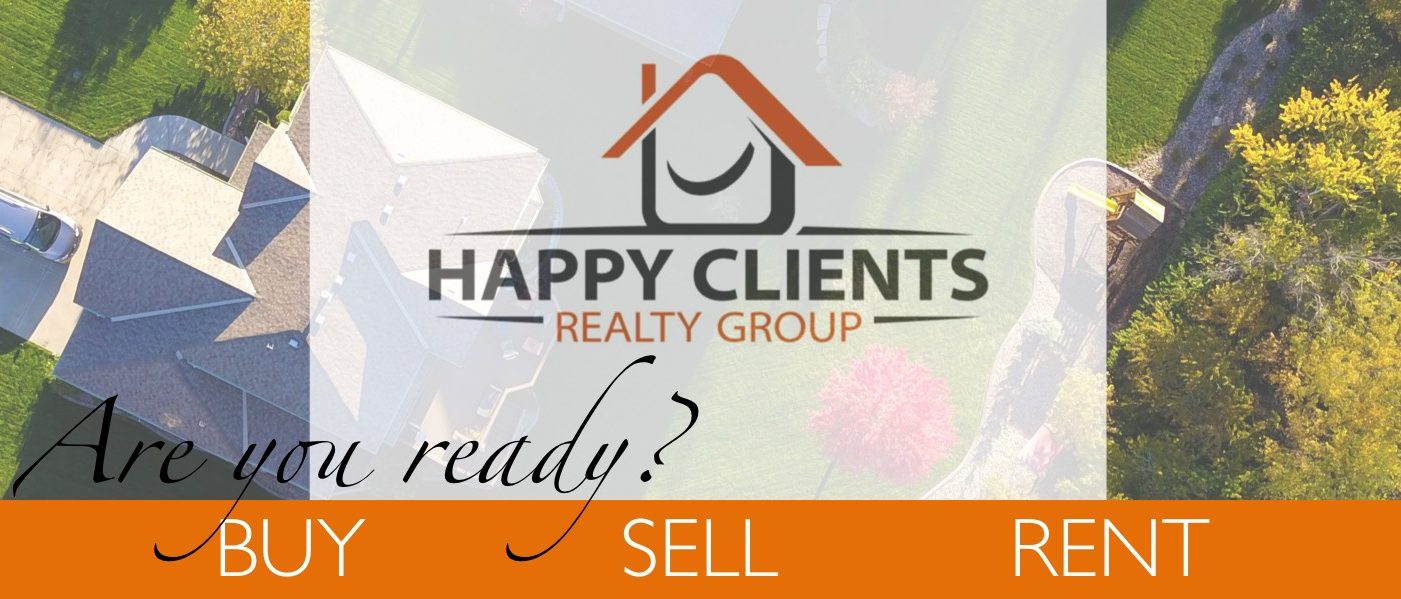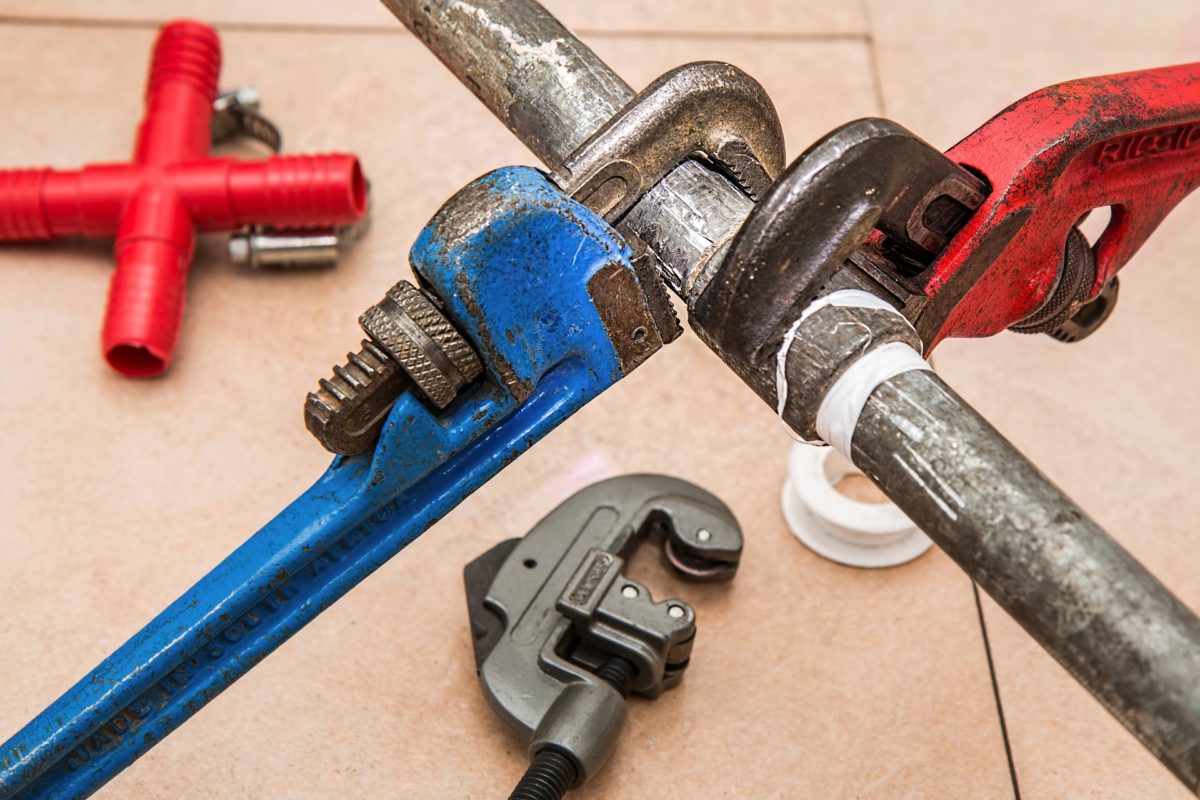Understanding Escrow: A Homeowner’s Guide
When you make a monthly mortgage payment, it typically includes two parts:
1️⃣ Principal & Interest – Pays down your loan.
2️⃣ Escrow – Covers property taxes and insurance (homeowners, mortgage, or flood insurance).
Lenders usually require an escrow account if your down payment was less than 20%. This ensures your taxes and insurance are paid on time, simplifying budgeting by spreading costs over 12 months.
How Escrow Works in Texas
In Texas, property taxes are paid in arrears, meaning your 2024 taxes are due by January 31, 2025. These may include:
- County & city taxes
- School district taxes
- MUD/LID/Drainage fees (if applicable)
Start the Year Right: 2 Key Checks
1️⃣ Confirm Your Taxes Were Paid
- Lenders occasionally miss payments. Verify a $0 balance on your county tax website by January 31.
- If taxes show unpaid, contact your lender immediately.
2️⃣ Review Your Escrow Annually
- Lenders analyze your account yearly to adjust for tax/insurance changes. Understanding Escrow: A Homeowner’s Guide
- You’ll receive a statement (by mail or online) detailing shortages or surpluses.
Escrow Shortages & Surpluses
📉 Shortage?
Caused by rising taxes/insurance. You can:
- Pay the shortage upfront or
- Spread it over 12 months (e.g., a $500 shortage ≈ +$42/month).
Note: Even if you pay the shortage, your payment may still rise to cover future increases.
📈 Surplus?
- If taxes/insurance decrease, you may receive a refund check after the lender retains their required cushion.
Stay Proactive
- Monitor Notices: Watch for assessment letters (sent by May) and insurance renewals.
- Monitor your insurance premium. You can shop for insurance at any time. If your insurance premium has increased, shop around. This can lower your monthly payment.
- Adjust Early: If you expect higher costs, add extra to escrow monthly to avoid shortages.
- Request Reviews: Don’t wait—lenders can analyze your escrow anytime.
Don’t Forget: Protest Your Taxes!
Texas homeowners can protest their property valuations annually (deadline: May 31). This doesn’t affect market value but could lower your tax burden. You don’t have to do this yourself, there are companies that do this for a small fee only if they are able to lower your payment.
📌 Need Help? I’m happy to clarify or provide a free home value update to inform your tax planning. Let’s connect!






